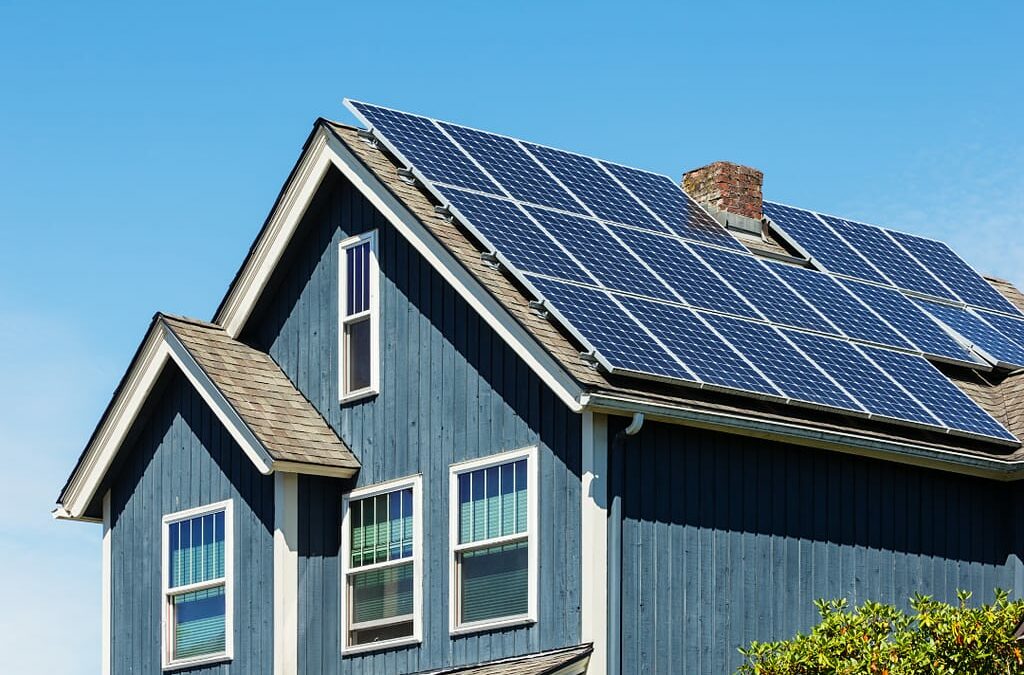
by Komoneed | Jul 20, 2024
California officials discovered human remains in a burned Mendocino County home on July 8, reporting the state’s first death of an unusually devastating 2024 wildfire season. The woman is believed to be 66-year-old Dagmar Stankova, who was last seen using a garden hose to try to extinguish flames outside of her home, as The New […]
The post California’s Devastating Wildfire Season: First Fatality Reported, Already 5x More Acres Burned Than Average appeared first on EcoWatch.

by Komoneed | Jul 20, 2024
For the first time in over a century, a North Atlantic right whale — a critically endangered species with only about 360 individuals remaining — has been seen off the Irish coast. Adrian Maguire, on vacation from Northern Ireland’s County Tyrone, saw the whale’s enormous figure as he fished for mackerel in a boat with […]
The post North Atlantic Right Whale Spotted Off Irish Coast for First Time in More Than a Century appeared first on EcoWatch.

by Komoneed | Jul 20, 2024
In an era where sustainable living is paramount and energy costs are on the rise, the spotlight has shifted to a solution that not only addresses these concerns but also unlocks a new realm of possibilities: home energy storage. Imagine a world where your home is not just a consumer of electricity but a hub … Continued

by Komoneed | Jul 20, 2024
When it comes to government support for alternative proteins, Australia is lagging behind other countries, according to recent research from Food Frontier, a Victorian not-for-profit organisation that advocates for the alternative protein industry.
The group’s ‘Government support for alternative proteins scorecard’ found that Australia came last out of the 10 countries examined. In contrast, countries such as Singapore, Israel, US and Canada are picking up the pace in supporting the transition towards more alternative proteins, driven by health, environmental and economic benefits.
Australia fell short across 10 key parameters considered crucial for the growth of the industry, scoring just 1.5 compared to Canada and Singapore’s score of 7.5.
“This comparison clearly indicates where Australia is lagging and should serve as a wake-up call to the opportunities available,” said Dr Simon Eassom, CEO of Food Frontier.
“Certain countries have already established themselves as global leaders in the plant-based and cultivated meat industries and are capitalising on the benefits of this. With the right government support, Australia can thrive in this sector too and cement its own place as a leader in food and agricultural production.”
While the nation scored positively on some points, including a regulatory framework suitable for novel proteins, and strong research and development, it has not progressed in several key areas.
These include dietary guidelines that prioritise plant proteins (although the guidelines are currently being updated, with the potential for sustainability messaging to be included), plant protein farmer incentives, sufficient support for infrastructure and adequate funding.
Food Frontier said this placed Australia at a significant disadvantage.
According to the Good Food Institute’s 2023 State of Global Policy, while the US, Canada, Denmark and Singapore have each surpassed the US$100m mark for total public funding (up to 2023), Australia has invested only US$53.7m in alternative proteins.
Australia is also the only country included in the scorecard not to have a national strategy that includes alternative proteins, though it should be noted that government bodies like the Climate Change Authority are investigating alternative proteins in their recommendations to government. Other countries are setting clear targets and roadmaps for success by implementing these strategies, such as Singapore’s ‘30 by 30’ food security initiative and Denmark’s plant-based action plan.
“It’s great to note that six out of 11 countries have implemented a climate strategy that mentions alternative proteins,” Eassom said. “This is a significant step forward, as we know food systems contribute between one-quarter and one-third of all greenhouse gas emissions and must evolve to be more sustainable if we hope to mitigate the effects of the climate crisis.”
A national food plan that supports existing agrifood industries to become more sustainable and prioritises the growth of innovative food industries including alternative proteins is one of Food Frontier’s recommendations to government, outlined in its recent Alternative proteins and food systems transformation report.
The group also recommended that Australia take advantage of its proximity to Asia, tapping into the region’s growing appetite for plant-based and cultivated proteins.
Image credit: iStock.com/ribeirorocha

by Grace Ebert | Jul 20, 2024
An inventive and adventurous spirit courses through each one of Zim&Zou’s elaborate paper installations, the latest of which imagines a mighty horse leading a ship suspended from above.
Titled “Flying Faubourg,” the project was designed to fit the Hermès window in Tokyo’s Ginza Mitsukoshi. The artists (previously) melded the brand’s origins in equestrian goods with the Haussmannian architecture of the iconic storefront at 24 Faubourg Saint-Honoré, constructing tall windows and ornate iron balconies reminiscent of the Parisian streets. More
Do stories and artists like this matter to you? Become a Colossal Member today and support independent arts publishing for as little as $5 per month. The article In Tokyo, an Adventurous Steed Charges Forward in an Energetic Paper City by Zim&Zou appeared first on Colossal.





